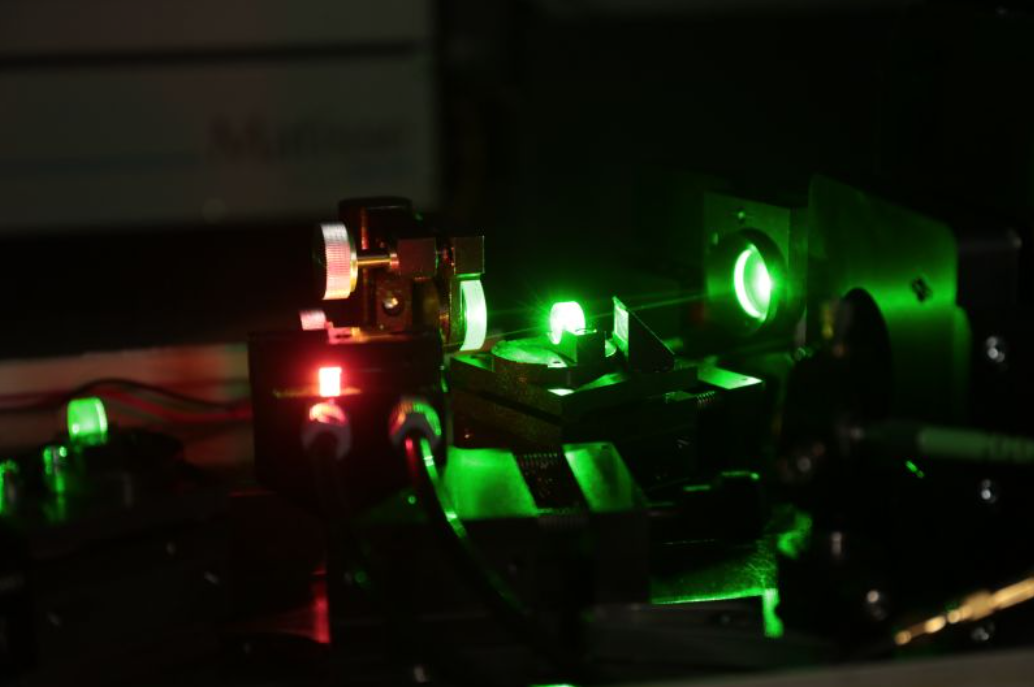Power density and energy density of laser
Density is a physical quantity we are very familiar with in our daily life, the density we contact most is the density of the material, the formula is ρ=m/v, that is, density is equal to mass divided by volume. But the power density and energy density of the laser are different, here divided by the area rather than the volume. Power is also our contact with a lot of physical quantities, because we use electricity every day, electricity will involve power, the international standard unit of power is W, that is, J/s, is the ratio of energy and time unit, the international standard unit of energy is J. So the power density is the concept of combining power and density, but here is the irradiation area of the spot rather than the volume, the power divided by the output spot area is the power density, that is, the unit of power density is W/m2, and in the laser field, because the laser irradiation spot area is quite small, so generally W/cm2 is used as a unit. The energy density is removed from the concept of time, combining energy and density, and the unit is J/cm2. Normally, continuous lasers are described using power density, while pulsed lasers are described using both power density and energy density.
When the laser acts, the power density usually determines whether the threshold for destroying, or ablating, or other acting materials is reached. Threshold is a concept that often appears when studying the interaction of lasers with matter. For the study of short pulse (which can be considered as the us stage), ultra-short pulse (which can be considered as the ns stage), and even ultra-fast (ps and fs stage) laser interaction materials, early researchers usually adopt the concept of energy density. This concept, at the level of interaction, represents the energy acting on the target per unit area, in the case of a laser of the same level, this discussion is of greater significance.
There is also a threshold for the energy density of single pulse injection. This also makes the study of laser-matter interaction more complicated. However, today’s experimental equipment is constantly changing, a variety of pulse width, single pulse energy, repetition frequency and other parameters are constantly changing, and even need to consider the actual output of the laser in a pulse energy fluctuations in the case of energy density to measure, may be too rough.Generally, it can be roughly considered that the energy density divided by the pulse width is the time average power density (note that it is time, not space). However, it is obvious that the actual laser waveform may not be rectangular, square wave, or even bell or Gaussian, and some are determined by the properties of the laser itself, which is more shaped.
The pulse width is usually given by the half-height width provided by the oscilloscope (full peak half-width FWHM), which causes us to calculate the value of the power density from the energy density, which is high. The more appropriate half height and width should be calculated by the integral, half height and width. There has been no detailed inquiry into whether there is a relevant nuance standard for knowing.For the power density itself, when doing calculations, it is usually possible to use a single pulse energy to calculate, a single pulse energy/pulse width/spot area, which is the spatial average power, and then multiplied by 2, for the spatial peak power (the spatial distribution is Gauss distribution is such a treatment, top-hat does not need to do so), and then multiplied by a radial distribution expression, And you’re done.

Post time: Jun-12-2024





